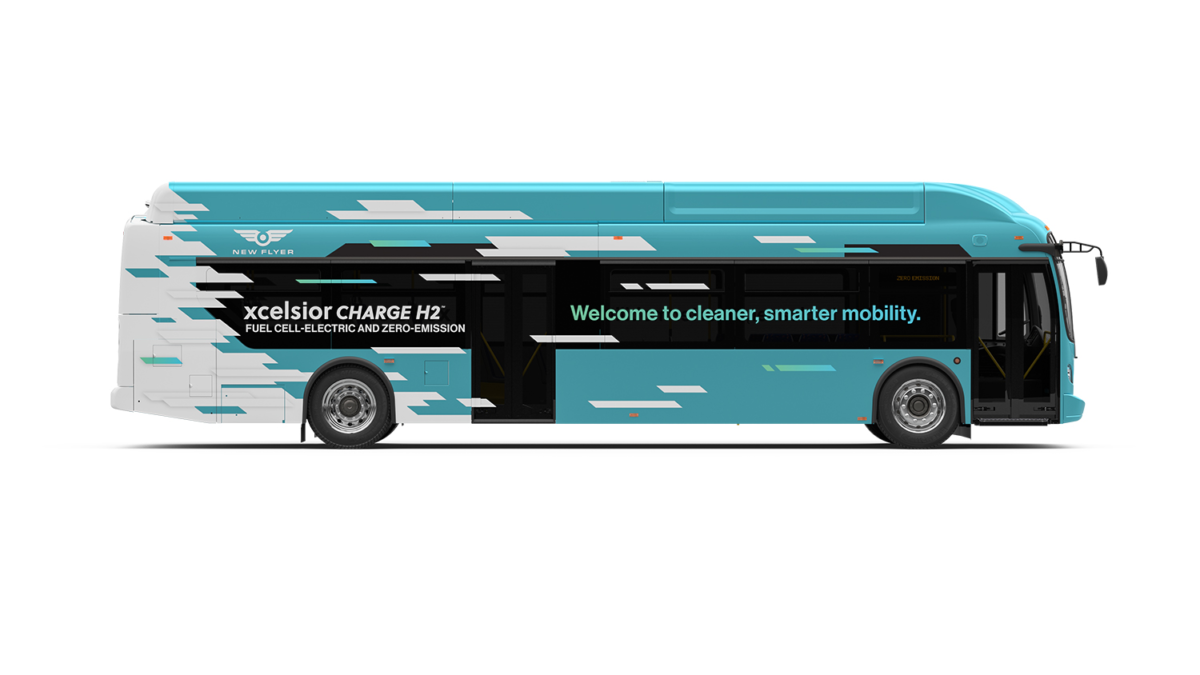The California Energy Commission (CEC) announced it will fund a project by Schneider Electric, Center for Transportation and the Environment (CTE), The Mobility House, the City of Oakland, Calif. and other key stakeholders to demonstrate vehicle-to-building resilience hubs. The project will use electric buses owned and operated by AC Transit to provide filtered air conditioning to the West Oakland Public Library for local residents in the event of dangerous heat or smoke conditions.
Both EV buses and hydrogen fuel cell buses will be used as backup power, providing six hours and 11 hours of backup power, respectively. An estimated 100 lbs. of carbon emissions will be abated each hour of operation.
The Bus Exportable Power Supply with bidirectional chargers and smart software will be integrated and tested at bus-maker New Flyer’s Hayward facility, then deployed at an AC Transit bus division and the Oakland Library.
CEC awarded the project funds via its Electric Program Investment Charge program, providing $3.2 million for the resilience demonstration. The West Oakland Environmental Indicators Project and AC Transit each provided an additional $400,000 in funding.
Infrastructure is expected to be installed by mid-2023, and demonstration, analysis, evaluation, and knowledge transfer for the pilot program will continue until July 2025.
“Initiating the first community resilience hub powered by a bidirectional V2B charging system has been an incredible journey. By bringing together leading-edge technological innovation and sustainability, we are able to offer much needed emergency response benefits for both transit agencies and communities,” said Jason Hanlin, director of technology research at CTE.
EV bus fleets are particularly well-suited for backup power and emergency relief due to their large capacities and independent mobility. Schneider Electric said they can be dispatched faster than a diesel generator and operate more cost-effectively.
The solution is expected to be a benefit to Environmental Justice (EJ) communities, which are targeted by the Inflation Reduction Act as a priority in an equitable energy transition. EJ communities are low-income areas that are disproportionately affected by the negative impacts of pollution from energy production and delivery.
“Many low-income communities of color share streets and fence lines with the freight industry and suffer deadly pollution from petroleum combustion. With our electrical grids straining under the demands of global warming and solar and wind not keeping pace with the urgent need, hydrogen may offer another tool in the toolbox of zero-emission freight transportation opportunities. Communities like West Oakland will benefit from an expanded set of transportation energy options by getting cleaner, safer streets and air quality,” remarked Brian Beveridge, co-executive director of WOIEP.
This content is protected by copyright and may not be reused. If you want to cooperate with us and would like to reuse some of our content, please contact: editors@pv-magazine.com.









Very smart idea.
Think of the potential power available if a large city replaced carbon fueled buses, utility vehicles, etc. with EV/V2G versions. Same would hold true for EV car/truck rental companies–dual use and a potential 2nd income stream as virtual power plants.